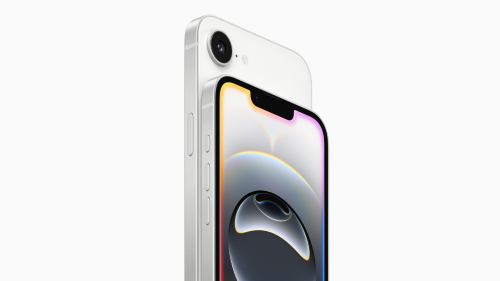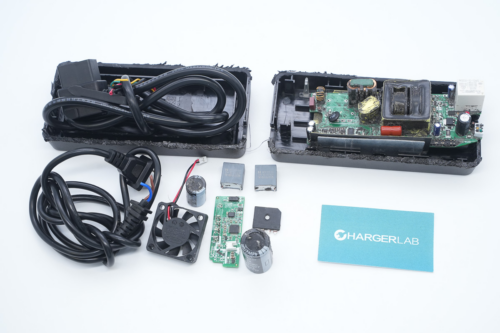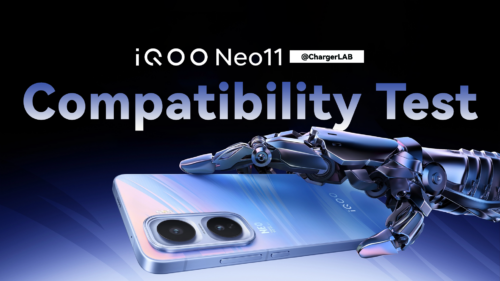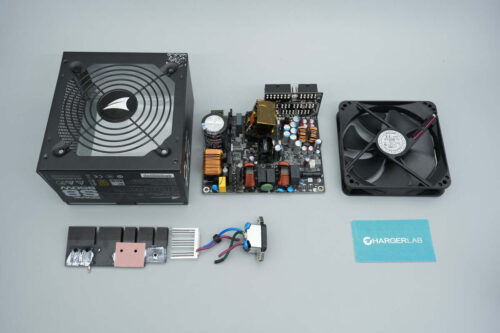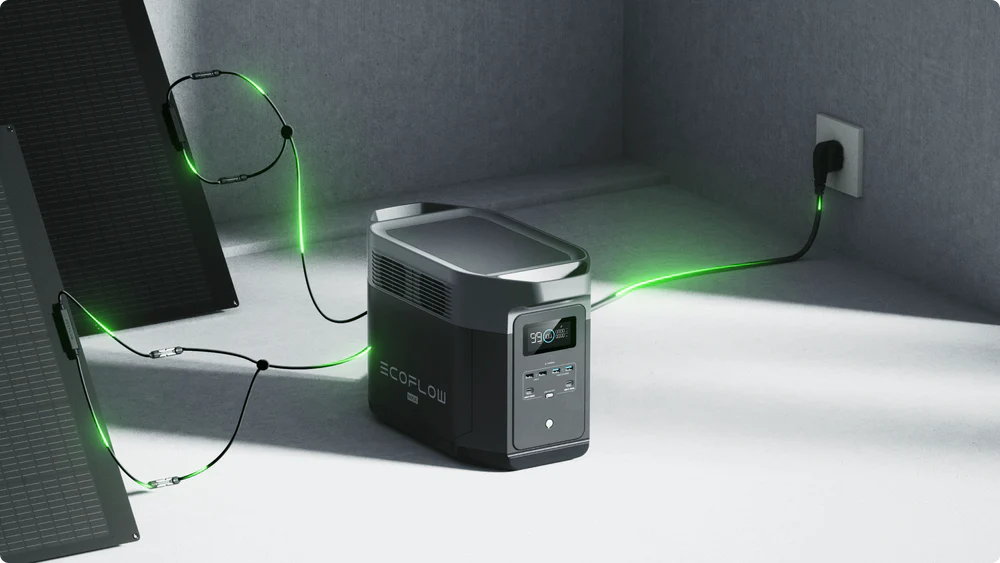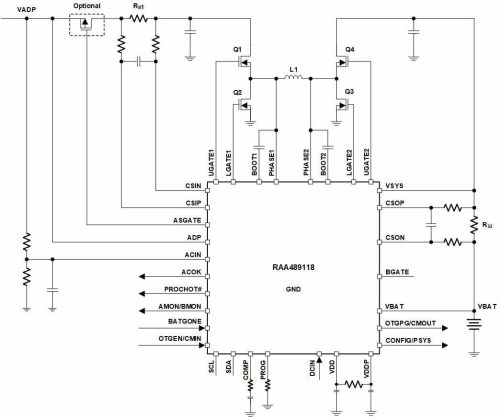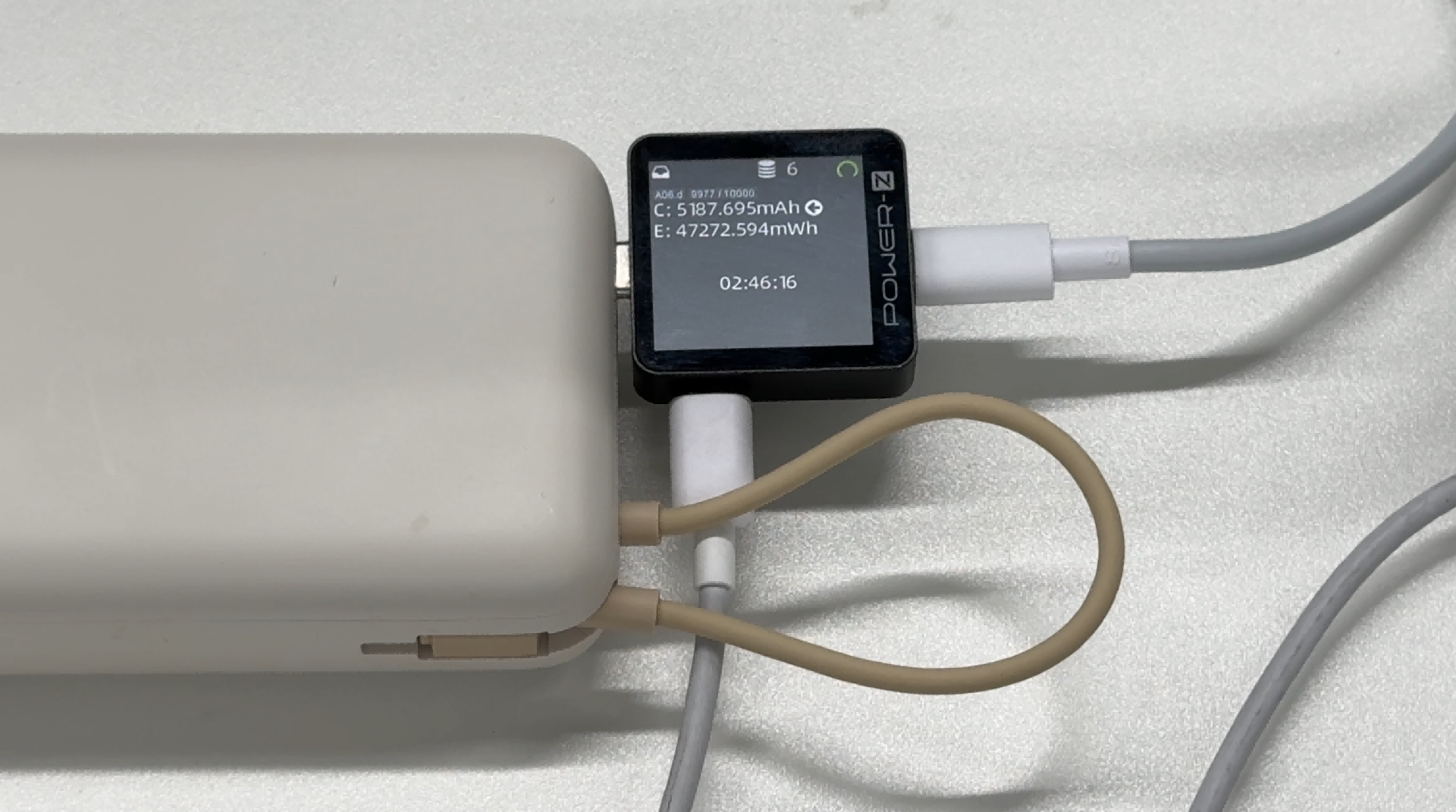Introduction
In recent years, Apple has consistently focused on environmental sustainability, continuously pursuing innovation and breakthroughs in product design. Each iteration draws widespread attention from both the industry and consumers. In the newly released iPhone 16e series, Apple has, for the first time, removed the built-in magnetic module from the device.
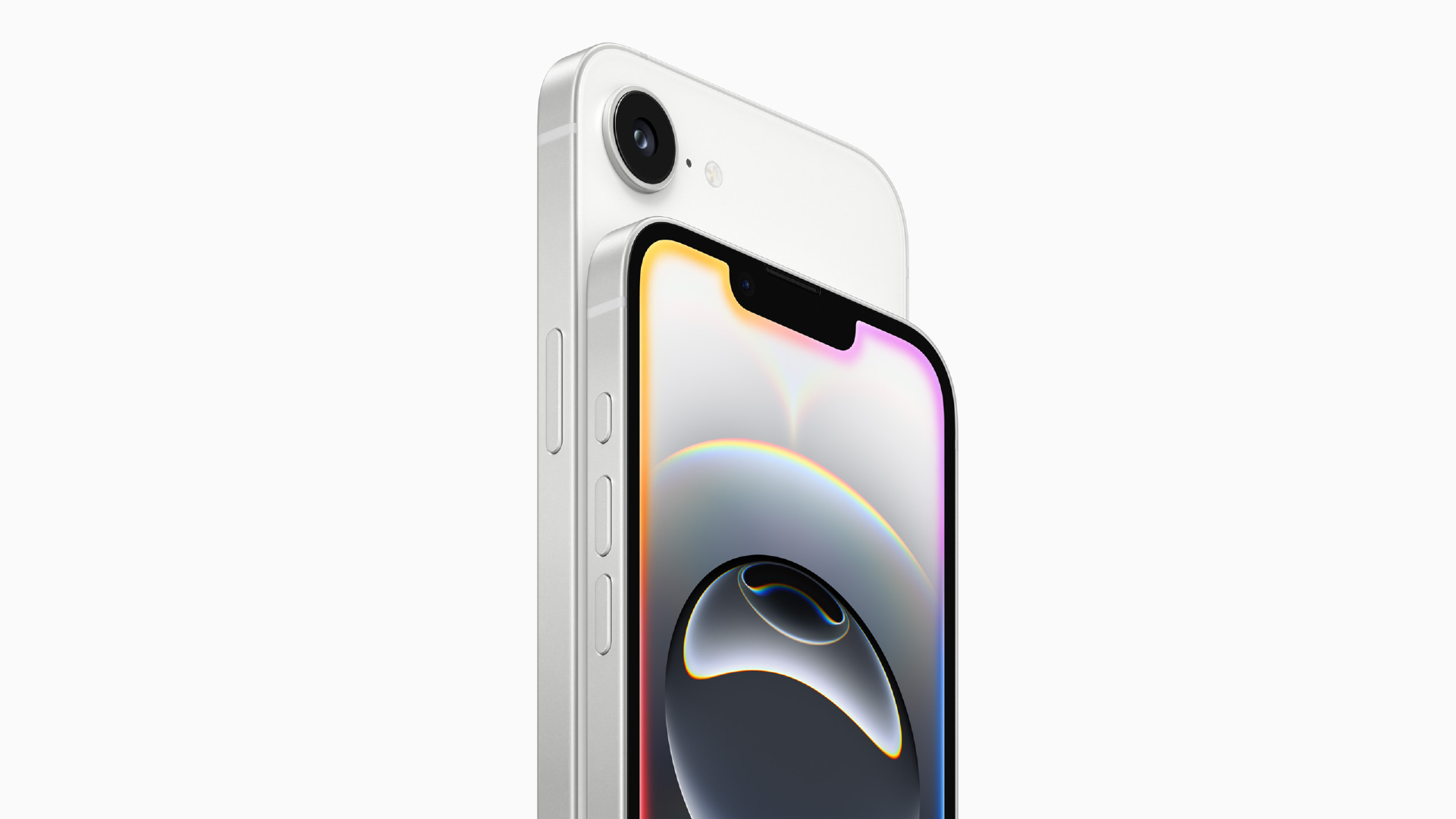
The Logic Behind the Absence of MagSafe
Apple has officially explained that the iPhone 16e is targeted at users who prefer wired charging, and thus, the MagSafe module was removed to maintain a more competitive price point. This decision is driven by multiple factors: from a cost-control perspective, components like magnetic coils and magnets add roughly $30 to the bill of materials; from a product positioning standpoint, Apple needs to differentiate its lineup through functional distinctions, preserving the MagSafe ecosystem advantage for the Pro series. Additionally, optimizing internal space allows for a larger battery, enabling the iPhone 16e to deliver up to 26 hours of video playback on a 6.1-inch device.
There are also technical controversies surrounding the move. While some speculate that the in-house C1 modem might interfere with magnetic charging, Apple has explicitly denied such a correlation. In fact, real-world tests show that third-party magnetic cases do not affect the 5G signal performance of the C1 modem. The real limitation lies in the downgrade of wireless charging specs—iPhone 16e supports only 7.5W Qi charging, putting it on par with the iPhone 11, whereas the Pro models of the same generation have already achieved 25W MagSafe fast charging.
New Opportunities for Case Manufacturers
The absence of MagSafe functionality has directly created a new market demand. Users who still wish to enjoy the convenience of wireless charging must now rely on protective cases with built-in magnets for proper alignment. This shift has elevated phone cases from simple protective accessories to functional components, allowing manufacturers to enhance product value through differentiated design.
The market response has confirmed this trend: in the first week following the iPhone 16e’s release, sales of third-party magnetic cases saw a significant year-over-year increase. Some brands’ “charging-enhanced” cases even faced supply shortages due to high demand. As a result, innovation for case manufacturers is now focused on three key areas:
- Optimizing magnet array layouts to ensure precise alignment during charging.
- Integrating heat dissipation structures to address the thermal issues common with wireless charging.
- Develop modular designs compatible with the MagSafe ecosystem, including attachable batteries, car mounts, and other accessories.
This evolution in accessory design opens up a broader space for both creativity and technical innovation in the post-MagSafe iPhone era.
The Industry Landscape Is Shifting
From Samsung S25 to Apple iPhone 16e, pushing magnetic features to external accessories. This marks a shift—phones focus on performance, while accessories handle extended functionality.
Consumer choices are also diverging: budget-minded users go for basic cases, while experience-focused users are willing to pay for premium magnetic accessories.
Summary of ChargerLAB
The absence of MagSafe in the iPhone 16e may seem like a compromise, but it’s a reflection of Apple’s broader ecosystem strategy. By cutting costs on entry-level models and opening new opportunities for accessory makers, Apple not only reinforces its dominance in the high-end market but also fosters healthy collaboration across the supply chain. As the future of wireless charging comes into focus, this trade-off around magnetic features could become a textbook example of ecosystem-driven innovation in the smartphone industry.

